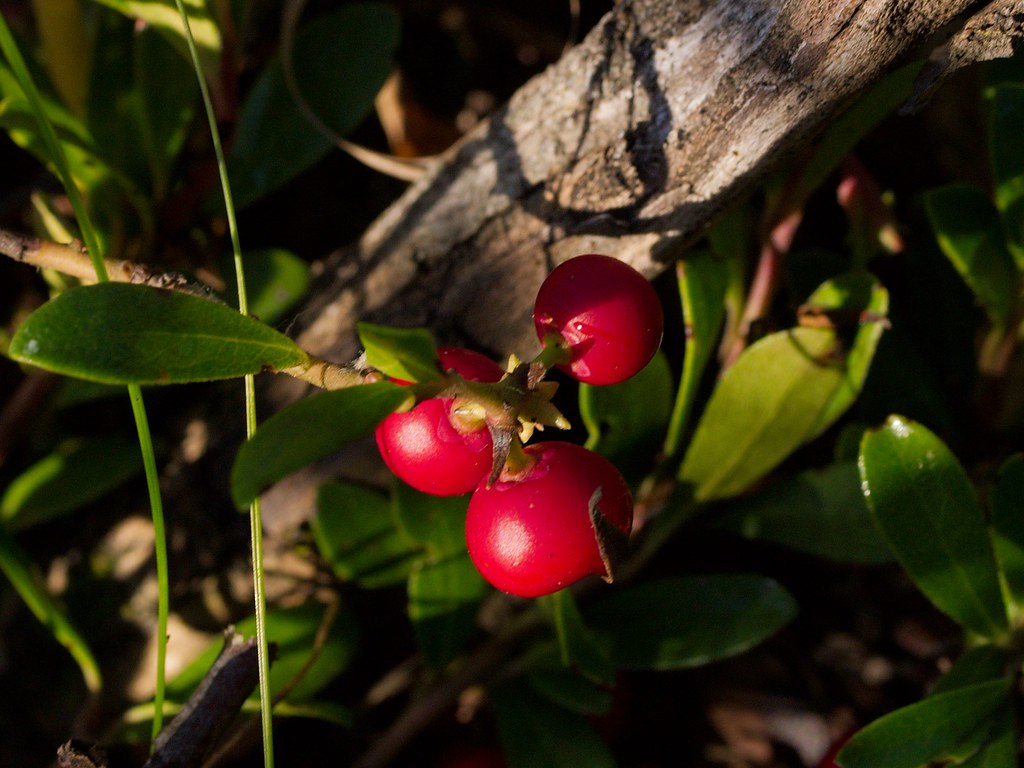Stemming from I-don’t-know-where, my fascination with anthropology – the study of human species and its immediate ancestors – is a never-quenching one. Exploring a discipline that revisits and draws on the human diversity of the past while looking to the future is a life-changing experience that will surprise you like never before. You get to learn so much about unique tribal cultures, traditions, customs and ancient beliefs. This also represents the opportunity of learning the many things we have in common with these tribes. And one of them is beauty care.
Beauty culture – the excitement of using and trying everything to improve the appearance of bodies – has always been an intrinsic part of human nature. The use of cosmetics and trying different hairstyles go back to ancient times, where indigenous people created their own beauty aids out of local natural resources.
Some hundred years ago, as ancient elders discovered the benefits of plants such as aloe vera and jojoba and used them to beautify their bodies, today we can see those same natural beauty remedies being reflected in the wide beauty industry.
There’s no mistake how artificial intelligence and smart skincare tools have shaped the modern beauty industry, however, the gradual shift to beauty values and secrets shared by distinct tribes is visible even to the naked eye.
Rosewater As A Perfect Skin Toner – From North African Berber Women

Recognized either by the bold designs of their Moroccan coin headdresses or by their strong, vivacious personalities, Berber women are known for their age-old traditional beauty remedies.
Berber women of North Africa have long relied on the power of rose water to look their very best. It is believed that this practice began a thousand years ago, even when Western beauty ideals were a world away.
Extracted from Morocco’s Valley of Roses, rosewater (in its purest form) can serve as an efficient skin toner, make-up remover, aftersun and moisturizer. It can also be used as a balm for eczema and for skin irritations like acne and dandruff.
Sandalwood Paste As Skin Protector – From Indigenous Women Of Myanmar

Indigenous women of Myanmar have a unique tradition of using sandalwood paste on their faces to protect their skin from the sun. A white paste is produced from a local type of sandalwood bark. Apart from its wonderful aroma and protective feature, the paste is said to have amazing purifying and anti-acne effect.
Otjize, Earth’s Beauty – From Himba Women In Africa

With my growing interest in cultural anthropology, I’ve discovered many weird tribal traditions that can boggle one’s mind. One of them could include Himba women not bathing at all – except for an occasional daily smoke bath.
What’s more surprising is that despite this fact, these women can still be categorized as the most beautiful women in all Africa. How come?
The youthful ageless appearance of Himba women is born from an ancient beauty custom made from a paste called otijze. This intensely dark-colored paste is prepared by mixing ochre with butterfat and herbal raisin. This “makeup” so to speak, is applied to their skin daily and which gives their skin that deep orange or reddish-brown complexion.
Furthermore, the ochre is in reality the powdered form of Hematite – a mineral found on earth’s surface which is said to have several healing skin and beauty benefits.
Bearberry A Skin Remedy – From Native Americans

Who would have thought that bearberry could be a remedy for itchy scalp?
Once known as the favorite food of bears, experts have recently concluded that bearberries could be used as a salve for baby rashes, skin sores and itchy skin.
It’s not surprising that even herbal tea is made from this fruit.
I’m sure that there are more than just a few traditional beauty secrets and if you want to make good use of all of them, come back for part 2!



